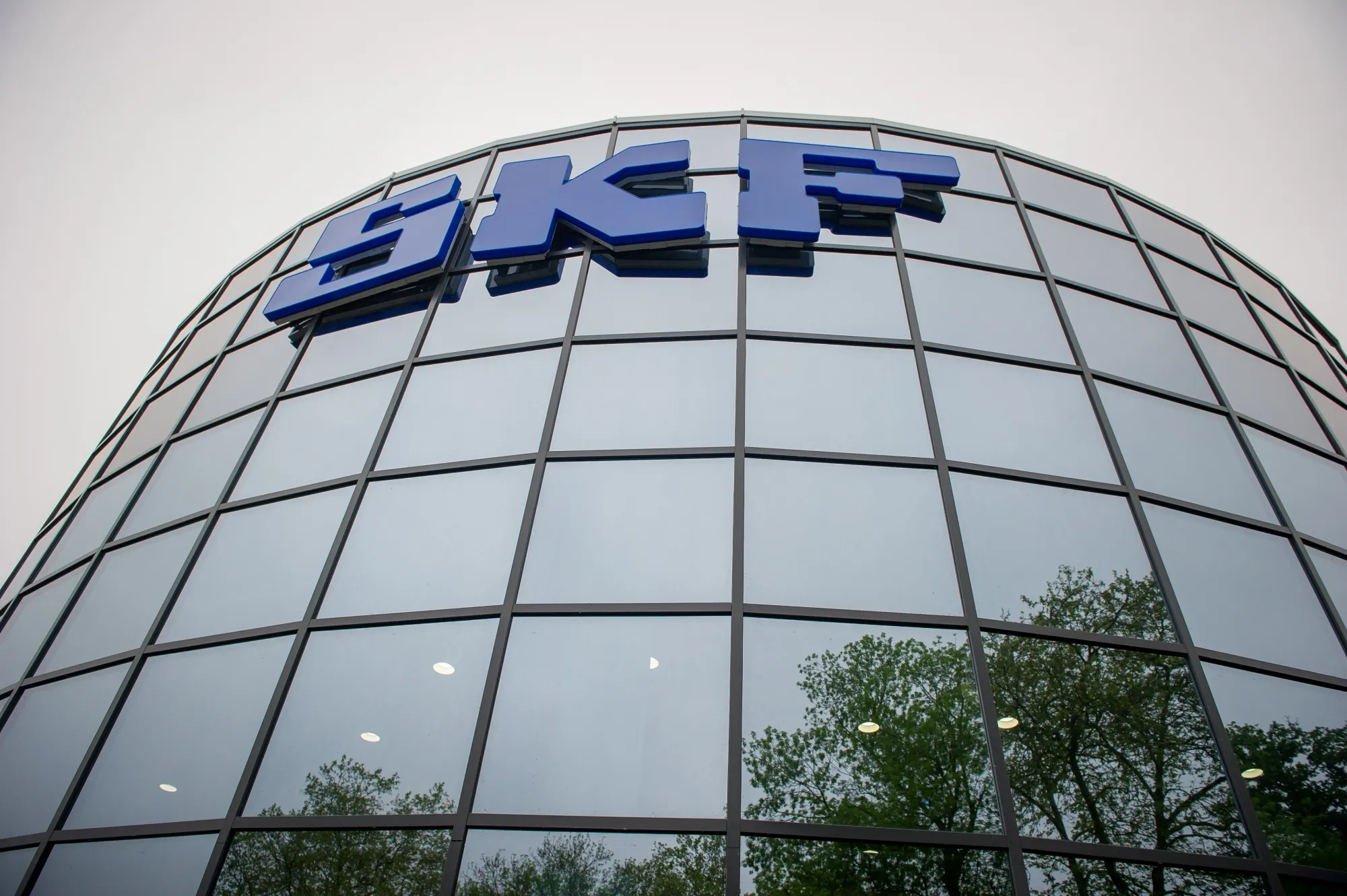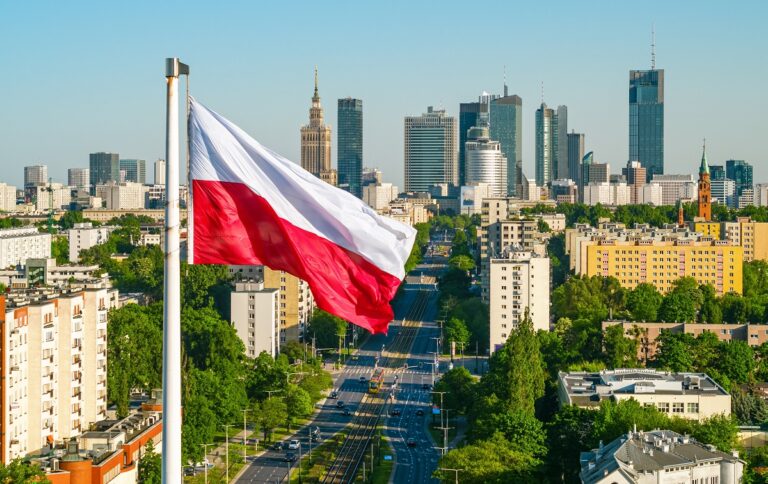Malawi’s Forex Strategy: Short-Term Fix or Structural Shift?
Malawi’s kwacha (MWK=X) rose on tobacco (CT=F) inflows, but a $3B trade gap and oil (CL=F) imports threaten reserves. With Zambia leaning on copper (HG=F), Malawi’s reliance on a single crop leaves forex stability fragile and vulnerable to reversal.

Malawi’s Reserve Bank has announced new measures to safeguard foreign exchange stability as the tobacco marketing season winds down, but the underlying question remains whether these interventions represent a genuine structural shift or simply another cycle of tactical firefighting.
The tobacco season delivered nearly US$900 million in 2025, temporarily boosting reserves and strengthening the Malawian kwacha (MWK=X). But this familiar cycle is short-lived. Once import demand accelerates, the gains evaporate, and Malawi slides back into persistent current account deficits. This annual “boom and bust” in reserves reflects an economy overly dependent on a single crop, with little buffer against volatility. The Reserve Bank’s decision to reduce the mandatory export surrender requirement from 75 to 50 percent and launch an electronic forex tracking system is a sign of pragmatism. By loosening the grip on exporters while tightening oversight of banks, it hopes to encourage forex repatriation, curb under-invoicing, and limit speculative hoarding. Yet, in practice, these measures face the same institutional weaknesses that have undermined past reforms: weak enforcement, porous supervision, and a thriving informal currency market that often outpaces official channels.
The heart of the problem lies not in short-term monetary tools but in Malawi’s structural trade imbalance. The country’s annual trade deficit hovers around US$3 billion, driven by imports of crude oil (CL=F), refined fuel, fertilizer, and manufactured goods. Tobacco (CT=F) still accounts for over 60 percent of export earnings, leaving Malawi highly exposed to commodity price swings and global anti-tobacco campaigns. Without a strategy to diversify exports and reduce import dependence, foreign exchange volatility will remain hardwired into the economy.
Regional experience underscores this point. Zambia’s reliance on copper (HG=F) exports has repeatedly subjected it to “boom-and-bust” forex cycles, with policy responses often proving reactive rather than preventative. Only in recent years, through investment in agriculture and electricity exports, has Zambia begun to soften this structural vulnerability. Ethiopia, by contrast, offers a different lesson: it has pursued aggressive industrialization and value addition, from leather to textiles, but still grapples with forex shortages because exports have not kept pace with surging import demand for capital goods. For Malawi, the lesson is clear — diversification must be paired with disciplined management of import demand, otherwise structural imbalances persist regardless of new export lines.
Government rhetoric emphasizes diversification into crops such as soybeans (ZS=F) and macadamia, as well as taking advantage of regional opportunities under the African Continental Free Trade Area (AfCFTA). While AfCFTA is legally operational across the continent and Malawi ratified the agreement in 2021, practical participation remains limited. Many Malawian businesses are not yet using the provisions due to regulatory delays, logistical bottlenecks, and lack of awareness. Unlike Kenya or Rwanda, which have begun to expand exports within AfCFTA frameworks, Malawi’s exports remain dominated by unprocessed commodities with little presence in regional value chains. Until domestic reforms align with continental ambitions, AfCFTA will remain more of a policy promise than an economic reality for Malawi.
Credibility is another fault line. The kwacha’s seasonal appreciation rarely lasts, and markets are acutely aware of this. If reserves fall once the tobacco season ends and RBM resorts to rationing or ad hoc controls, investor confidence will unravel. In thin markets like Malawi’s, psychology can matter as much as fundamentals: once depreciation is expected, speculation accelerates it. This is why countries such as Rwanda and Botswana have invested heavily in building credibility through consistent policy frameworks and medium-term reserve management strategies. Without such credibility anchors, Malawi’s forex policy risks being seen as reactive tinkering rather than a strategic roadmap.
The deeper danger is that forex management becomes a substitute for development strategy. By focusing on technical adjustments such as surrender requirements and electronic monitoring, RBM risks treating symptoms while leaving causes untouched. Unless Malawi invests in agro-industrialization, energy reliability, and trade logistics to genuinely diversify its economy, it will remain hostage to seasonal inflows. By 2030, the question is not whether the kwacha holds steady after each tobacco season, but whether the country can build a resilient export base capable of financing imports without repeated crises.
Malawi’s new forex plan therefore deserves recognition for pragmatism but also scrutiny for its limits. Short-term fixes may calm markets, but they cannot by themselves rewrite the country’s external account story. The real test lies in whether government and central bank together can pivot from firefighting to structural transformation, learning from regional peers who have tried, stumbled, and in some cases succeeded in shifting their economies away from commodity dependence. Without that deeper shift, forex shortages will remain less a problem to be solved than a recurring feature of Malawi’s economic landscape.





